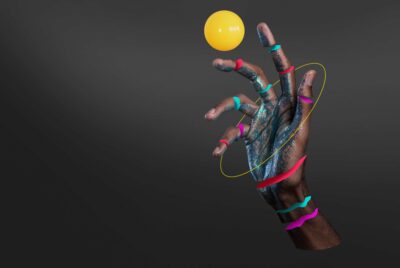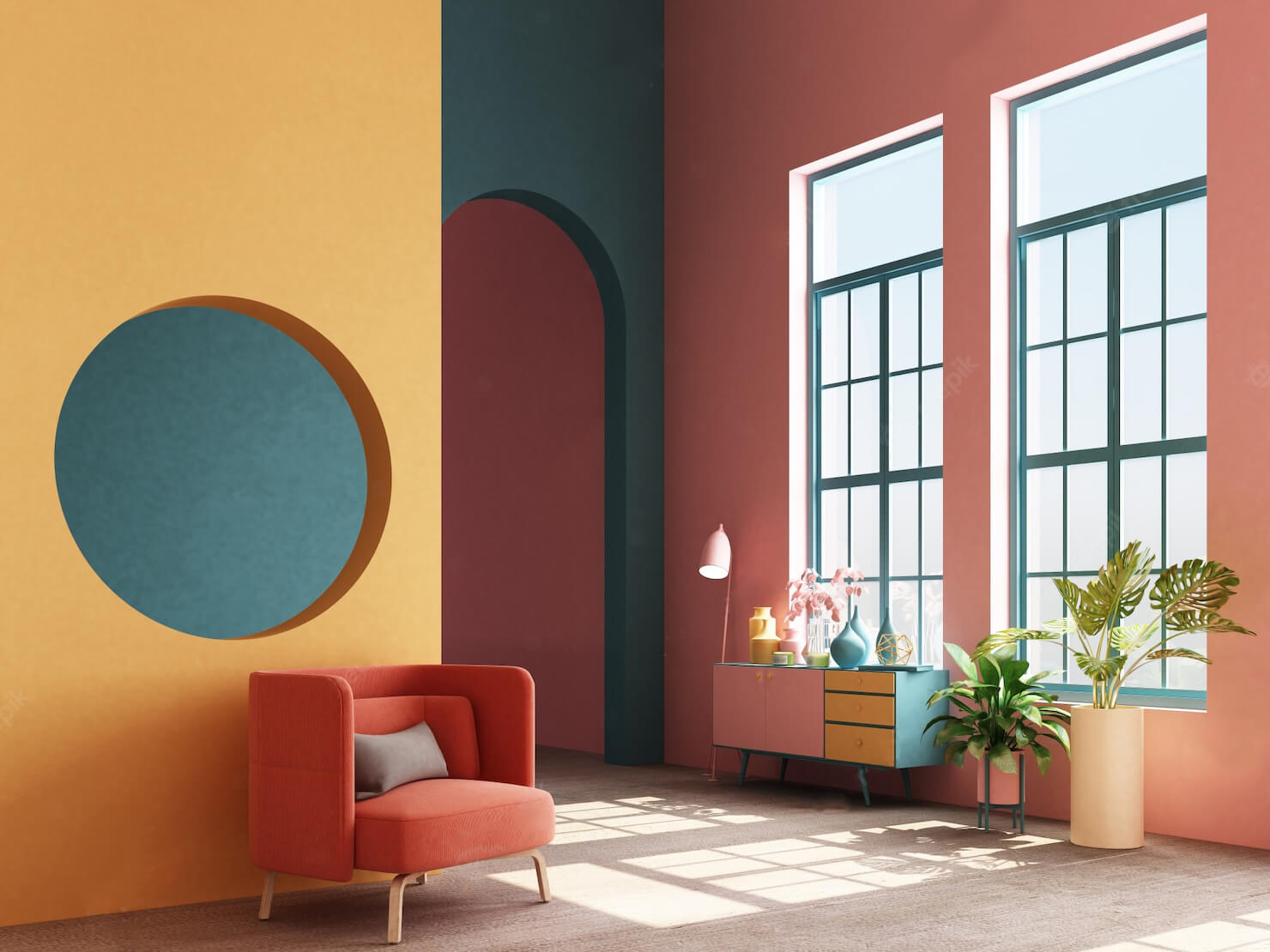In the world of digital design, UI (User Interface) and UX (User Experience) are often used interchangeably, but they are two distinct concepts that work together to create seamless digital experiences. Whether you’re building a website, an app, or a digital product, understanding the difference between UI and UX is crucial for delivering an engaging and user-friendly experience.
Great design is where aesthetics meet functionality—UI makes it beautiful, UX makes it unforgettable.
MotionPulse
What is UI (User Interface)?
UI refers to the visual and interactive elements of a digital product—the look and feel of a website or application. It includes everything the user interacts with, such as buttons, typography, colors, icons, animations, and overall layout. A well-designed UI ensures that the product is visually appealing and intuitive to navigate.
Key Aspects of UI:
✔ Visual Design – Colors, fonts, images, and branding consistency.
✔ Interactive Elements – Buttons, sliders, icons, and forms.
✔ Layouts & Aesthetics – Spacing, grid systems, and responsiveness.
✔ Animations & Effects – Micro-interactions that enhance user engagement.
Example:
Think of UI as the dashboard of a high-end sports car—the sleek buttons, the digital displays, and the way everything is arranged for ease of access.
What is UX (User Experience)?
UX focuses on the overall experience a user has while interacting with a product. It’s about usability, accessibility, and satisfaction—ensuring that the user journey is smooth, efficient, and enjoyable. A great UX design minimizes friction, helping users achieve their goals with ease.
Key Aspects of UX:
✔ User Research – Understanding user behavior and needs.
✔ Wireframing & Prototyping – Designing user flows and testing interactions.
✔ Navigation & Information Architecture – Structuring content for easy access.
✔ Usability Testing – Gathering feedback to refine the experience.
Example:
If UI is the car’s dashboard, UX is how the car drives—how smoothly it accelerates, how comfortable the seats are, and how intuitive the controls feel.
UI vs. UX: How They Work Together
While UI is about aesthetics and design elements, UX is about functionality and usability. A beautiful interface (UI) means nothing if the navigation is confusing (bad UX), and a well-structured experience (UX) won’t engage users if the design looks outdated (poor UI).
Key Differences at a Glance:
| Aspect | UI (User Interface) | UX (User Experience) |
|---|---|---|
| Focus | Visual design & aesthetics | User journey & usability |
| Goal | Make it attractive & engaging | Make it seamless & efficient |
| Elements | Colors, typography, icons, buttons | Wireframes, navigation, information flow |
| End Result | A polished, visually appealing interface | A smooth, user-friendly experience |
Why UI & UX Matter for Your Business
A well-balanced combination of UI and UX is key to a successful digital product. A great UI captures attention, while a great UX keeps users engaged and satisfied. If a website looks stunning but is difficult to navigate, visitors will leave. If an app is functional but visually unappealing, users may not feel compelled to engage with it.
At MotionPulse, we specialize in creating both visually compelling (UI) and highly functional (UX) digital experiences that elevate brands and drive results. Need help crafting an engaging website or digital product? Let’s make something amazing together!




